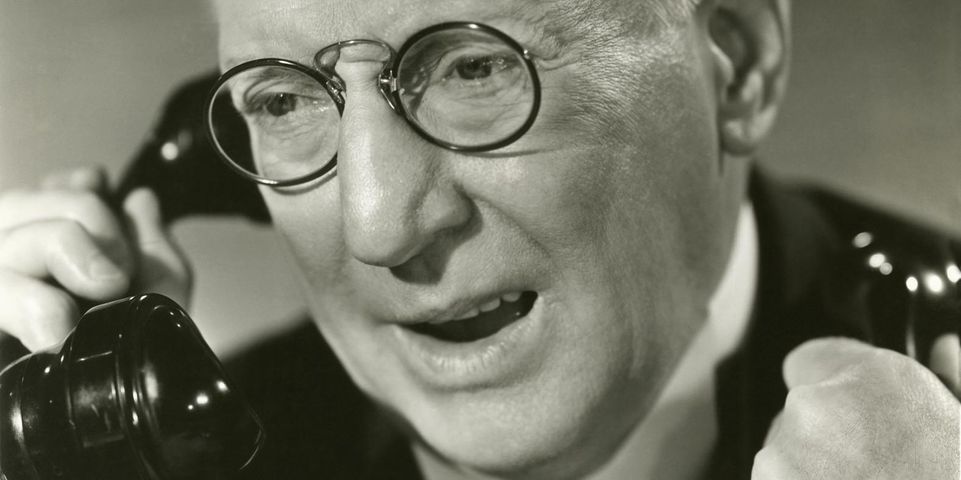
Eyeglasses are a convenient way to correct longstanding vision problems, but that hasn’t always been the case. Since their inception, glasses have moved through a series of fundamental changes designed to help the user to see properly. Here is a brief history of spectacles, and why you should feel fortunate to wear a modern pair.
Understanding Eyeglasses
Ancient Eyeglasses
While no one knows for sure when the first glasses were worn, ancient Romans used glass spheres to magnify text. The first examples of worn lenses were in Italy during the 13th century, where crystals were used to improve vision. Because it was difficult to make these rudimentary lenses uniform, many people experienced blurred vision when using their glasses.
Developments in Eyeglasses
 During the 1700s, over-the-ear glasses were created. Benjamin Franklin then created bifocals in 1784 by cutting two pairs of lenses and pairing them together. Scissor spectacles became popular, which were spectacles that had a hinge on the nose bridge, and could be folded over one another to make them more portable. As late as the 1800s, these devices were still handcrafted and not commercially available.
During the 1700s, over-the-ear glasses were created. Benjamin Franklin then created bifocals in 1784 by cutting two pairs of lenses and pairing them together. Scissor spectacles became popular, which were spectacles that had a hinge on the nose bridge, and could be folded over one another to make them more portable. As late as the 1800s, these devices were still handcrafted and not commercially available.
Modern Eyeglasses
Throughout the 1900s, these lenses started to become available in a range of different frame styles. Manufacturers started experimenting with tints, creating a long list of possibilities for people who wanted to enjoy different looks. However, for decades, glasses were still thick and uncomfortable, straining the nose.
In the 1980s, plastic lenses started being manufactured, reducing their weight significantly. Polycarbonate, high-index lenses became available later, allowing people with significant vision problems to enjoy comfortable eyeglasses.
Whether you are in the market for new glasses or you can tell your vision has been struggling, the team at Alan L Ginsburg OD can help. In addition to offering eye exams and contact lens fittings, Dr. Ginsburg also offers glaucoma testing and refractive surgery. To find out more about how he can help, visit his website, or give his office a call at (336) 889-6566.
About the Business
Have a question? Ask the experts!
Send your question

